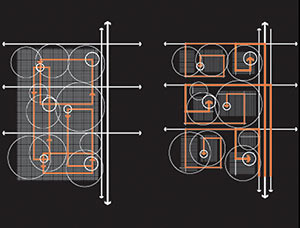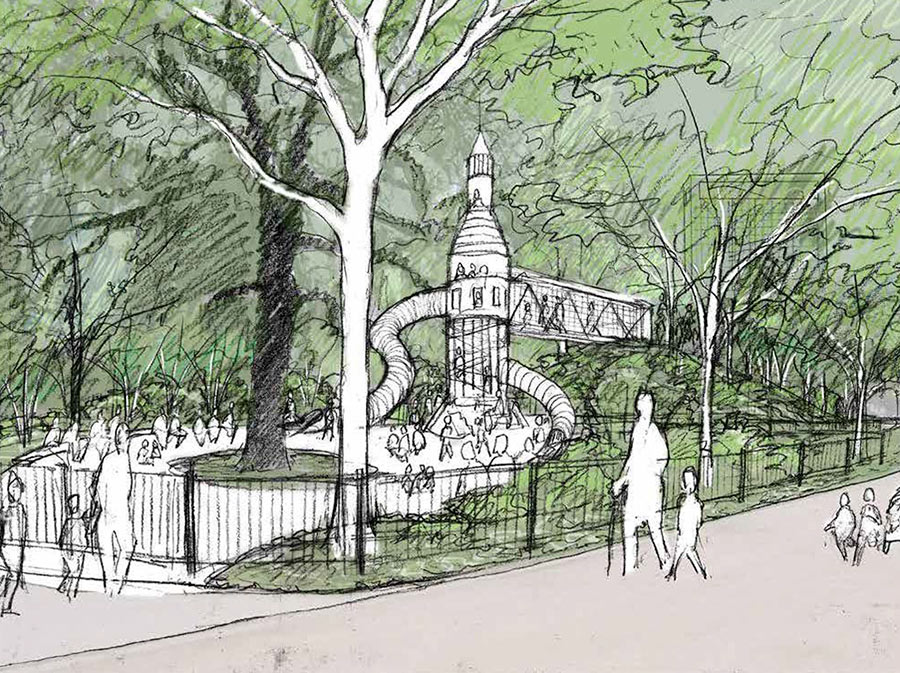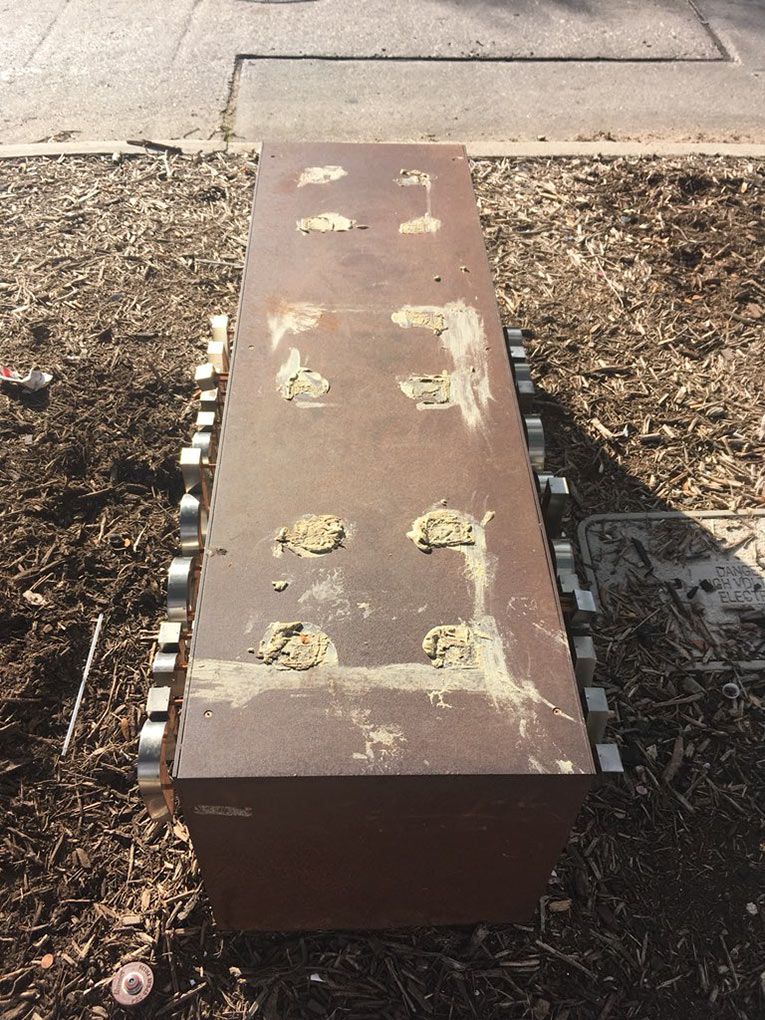CALL HOUSTON A METROPOLIS INSIDE THE LOOP, BUT IT’S A MEGALOPOLIS BEYOND  “In the 1950s just about the entire world abandoned continuous block and street urbanism and switched over to spine-based urbanism. We moved from a metropolitan to a megalopolitan type of urbanism and to really get that you have to know the distinction between the two terms. On some level, we all know that when we go outside the Loop that we have moved into a different world, a different reality. The way we navigate outside the Loop is totally different from the way we navigate inside the Loop. Our relationship to nature is different, and our relationship to built form completely changes. We need to be more precise with language in order to appreciate these differences.” — Rice architecture prof Albert Pope, in the latest issue of Cite magazine. [OffCite] Diagram of traffic patterns in grid (left) and spine systems (right): Albert Pope
“In the 1950s just about the entire world abandoned continuous block and street urbanism and switched over to spine-based urbanism. We moved from a metropolitan to a megalopolitan type of urbanism and to really get that you have to know the distinction between the two terms. On some level, we all know that when we go outside the Loop that we have moved into a different world, a different reality. The way we navigate outside the Loop is totally different from the way we navigate inside the Loop. Our relationship to nature is different, and our relationship to built form completely changes. We need to be more precise with language in order to appreciate these differences.” — Rice architecture prof Albert Pope, in the latest issue of Cite magazine. [OffCite] Diagram of traffic patterns in grid (left) and spine systems (right): Albert Pope





Omg, zzzzzz. I just had a flashback to my professor on Urban Development at UT, he had know Le Corbusier and wait, I’m dozing off…..
Is “spine based urbanism” really a good description of Houston? I hear that and all I can think of is Moshe Safdie’s City after the Automobile: the urban plan Safdie proposes is literally built around a spine. It’s certainly not Houston though it could be The Galleria. I prefer to think of Houston and other cities as Target Cities. Downtown, and it’s grid, is in the middle. There are usually ring roads in concentric circles around it. The map takes the form of a giant target, which is ironic since these targets developed during the Cold War – we were literally providing the USSR with targets for their missiles. (It’s also a pun these days – with suburban big-box stores called Target.)
Perfect rebuttal, ZAW—couldn’t agree more.
So if I understand the thesis correctly, the metropolis is dead for any city that experienced massive growth in the last 50 years? And all we have to look forward is more megalopolis instances which we should grin and embrace? I surely hope not and personally I don’t think I’m alone on this one.
What about suburbanopolis?
Albert Pope would probably call my rebuttal heavy handed. He used to say that about my work when I had him as a professor.
.
But Target Cities isn’t just about city maps that look like targets. It’s a description of how we live in a Megalopolis. We don’t live in the here and now – because frankly the here and now in Houston is ugly. We live in the future. We are always going somewhere – towards a target. Often the target is what I think Pope would refer to as a node, but sometimes it’s more ethereal.
.
Albert Pope’s graphics bear this out – almost. He offers circles (Targets), and he offers lines with arrows. I would shift the lines over, and have them pointing to the circles. Of course, he would probably call that heavy handed, too, But this is a diagram of life in the Megalopolis.
My God, how did you stay awake in class? Talk about dry. I have to say, your last comment put me to sleep as well, I see your learned much for dear Professor Pope. It’s a shame professors don’t have to go before focus groups. No doubt this Professor has a sharp mind and is certainly a scholar, but wow, his writing is as dry as a Doctorial Thesis on Statistics. On the plus, he could make millions in insomia therapy.
I had Pope as a teacher as well. I may or may not have slept through a few of the theory-heavy lectures, but I enjoyed his design studio. Everyone designed a project that integrated an aspect of food growth in an urban context which was strongly influence by the Gifu Apartments and other SANAA projects.